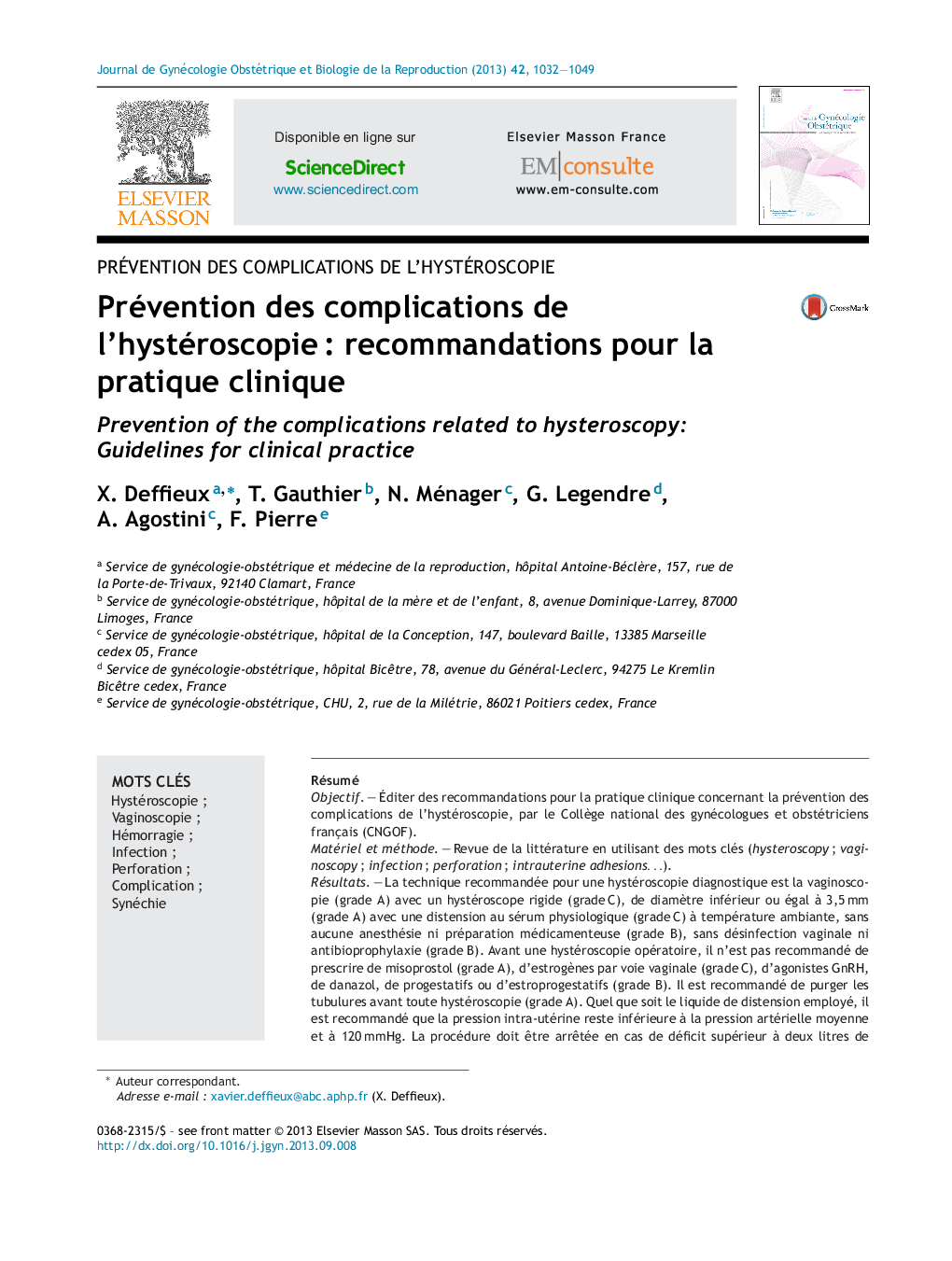| Article ID | Journal | Published Year | Pages | File Type |
|---|---|---|---|---|
| 3275854 | Médecine des Maladies Métaboliques | 2009 | 18 Pages |
Abstract
Atherosclerotic cardiovascular disease (CVD) is the leading cause of morbidity and mortality in the Western world. Despite advances in our understanding of the pathogenesis of atherosclerosis and new therapeutic modalities, the absence of an adequate method for early detection limit the prevention and treatment of the disease. Screening for subclinical atherosclerosis has been advocated for individuals at intermediate global risk for coronary heart disease. High resolution magnetic resonance imaging has recently emerged as one of the most promising technique for non invasive study of atherothrombotic disease. Cardiovascular magnetic resonance (CMR) offers unique advantages for assessment of the aorta and quantification of atherosclerotic plaque burden including the lack of ionizing radiation, while providing highly reproducible measures of aortic anatomy and atherosclerosis. This review focuses on the incremental value of CMR for detection of subclinical atherosclerosis in order to better risk-stratify asymptomatic patients.
Keywords
Related Topics
Health Sciences
Medicine and Dentistry
Endocrinology, Diabetes and Metabolism
Authors
M. Sirol,
